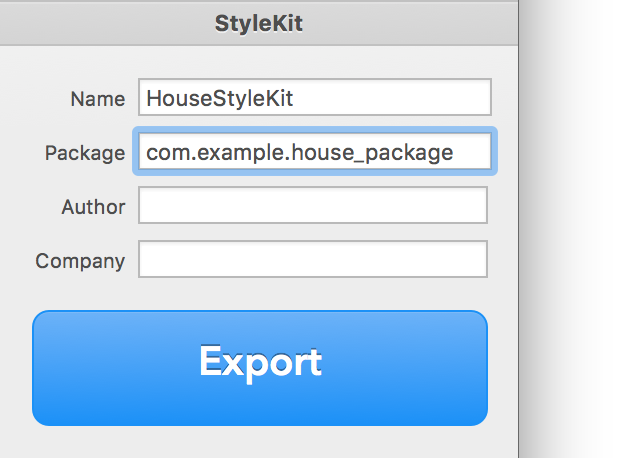

Find the necessary inspection in the list and change its severity as you like. If you want to restore the highlighting, press Ctrl+Alt+S to open the IDE settings and select Editor | Inspections. The name of the inspection for which you are changing the severity is written above the inspection's options. Ĭlick the right arrow next to the fix to open the inspection's options and select Disable highlighting, keep fix. Locate the inspection fix that is marked with.
#ANDROID HTML INSPECTOR CODE#
Place the caret at a code element highlighted by an inspection in the editor and press Alt+Enter.Ī list with available fixes and context actions opens. In this case, the inspection remains enabled and provides a fix, but the severity changes to No highlighting (fix available).

You can quickly disable code highlighting for an inspection without opening the settings. Inspections have severities according to which they highlight code problems in the editor. To re-enable a suppressed inspection, delete the annotation or the comment that the IDE has added before the selected symbol. Use the dedicated context action instead. In JavaScript, inspections are suppressed with the // noinspection comment.ĭo not manually type annotations and comments to suppress inspections. In Python, the # noinspection comment is added. For example, in PHP, IntelliJ IDEA adds the /** */ comment. In other languages, the IDE adds other elements. For statements, the //noinspection comment is added. In the Inspection Results tool window (after running code analysis), right-click the inspection you want to suppress and select the necessary suppress action.Īfter you suppress an inspection, IntelliJ IDEA adds a new element before the selected symbol.įor example in Java, if you suppress an inspection for a class, a method, or a field, the IDE adds the annotation. Suppress an inspection in the Inspection Results tool window Suppress an inspection in the editorĬlick the arrow next to the inspection you want to suppress, and select the necessary suppress action. For example, syntax errors are always highlighted in the editor regardless of the settings. However, some inspections do not have this option. Most inspections in IntelliJ IDEA can be suppressed.

You can also suppress all inspections in the current class. When you suppress an inspection, the code analysis engine doesn't highlight the problem found by this inspection in the specific piece of code (class, method, field, or statement). You can also click and select Show Only Modified Inspections to display only the inspections with changed settings. Modified inspections are written in blue. Locate the disabled inspection in the list and select the checkbox next to it. You can also press Ctrl+Alt+Shift+H and select Configure Inspections. In the Inspection Results tool window (after running code analysis), right-click the inspection you want to disable and select Disable inspection.Ĭlick to hide the disabled inspection alerts. Place the caret at the highlighted line and press Alt+Enter (or click to use the intention action).Ĭlick the arrow next to the inspection you want to disable, and select Disable inspection.ĭisabling inspections in the Problems tool window You can quickly disable a triggered inspection directly in the editor. Locate the inspection you want to disable, and clear the checkbox next to it. Press Ctrl+Alt+S to open the IDE settings and select Editor | Inspections. For example, syntax errors are always highlighted. However, some inspections will keep highlighting your code regardless of the settings. Most inspections in IntelliJ IDEA can be disabled. Note that when you disable an inspection, you disable it in the current inspection profile it remains enabled in other profiles. It means that the code analysis engine stops searching project files for the problem that this inspection is designed to detect. When you disable an inspection, you turn it off. In this case, you can disable or suppress them. Some inspections may report problems that you currently do not want to see.


 0 kommentar(er)
0 kommentar(er)
